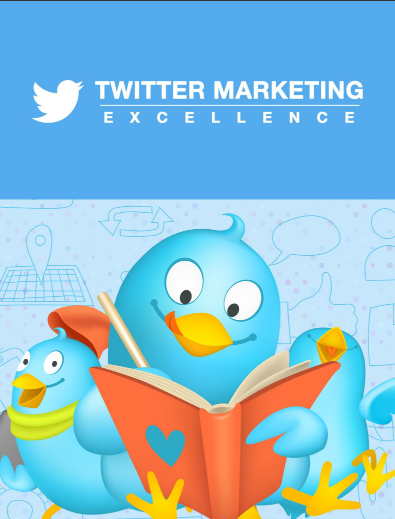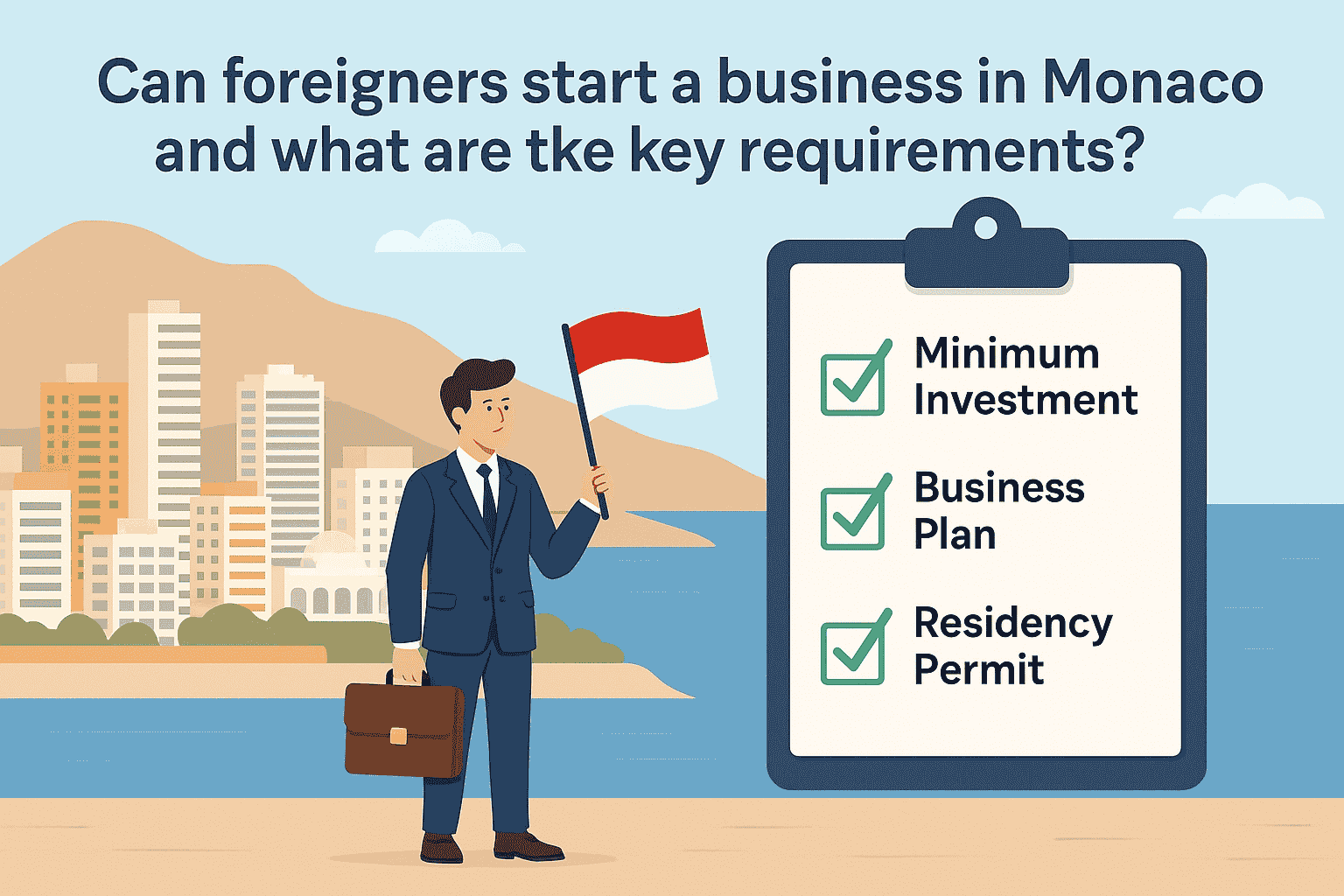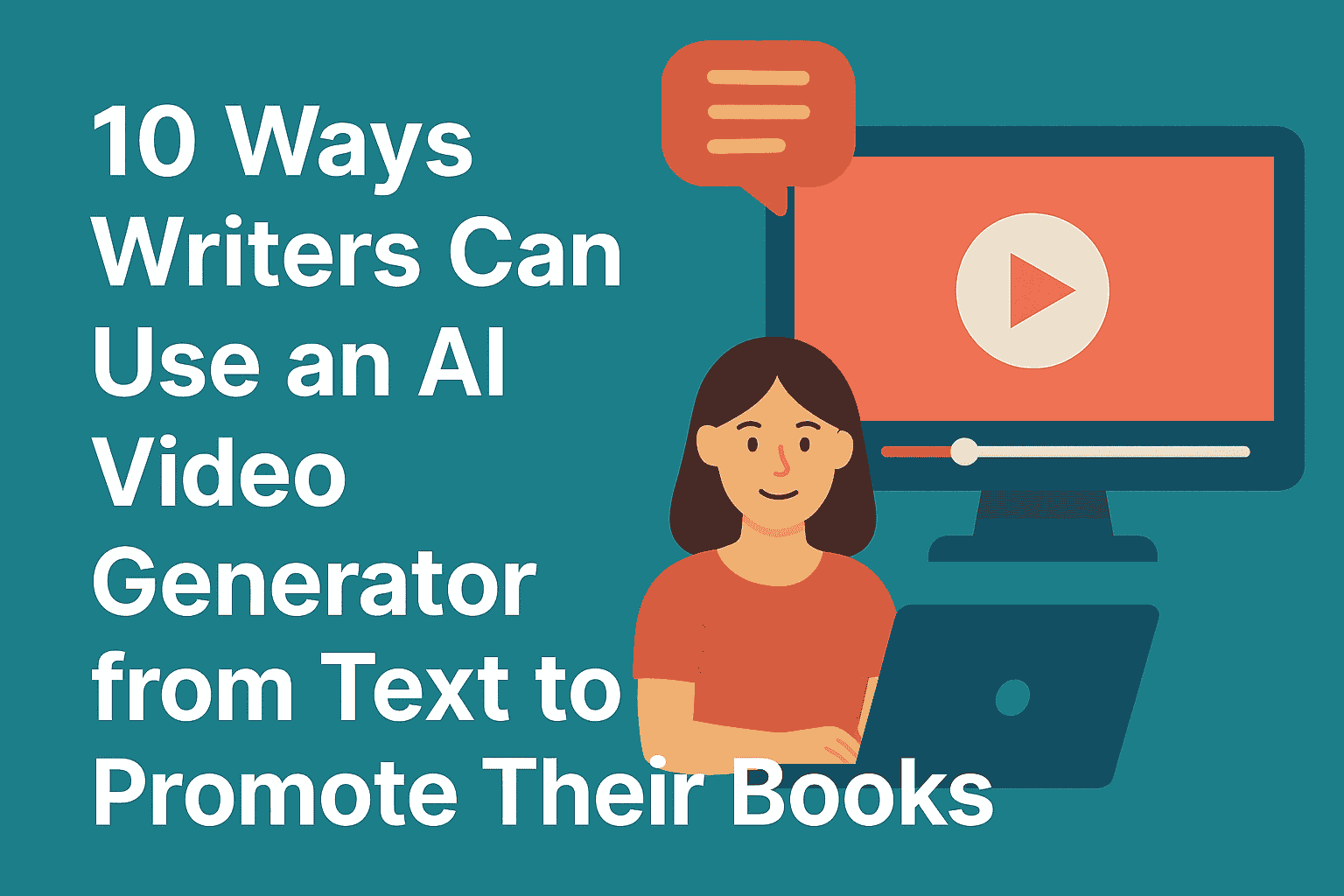The Impact of E-books and Audiobooks on Literary Consumption
The way we consume literature has undergone a radical transformation in the 21st century. With the rise of e-books and audiobooks, traditional paperbacks and hardcovers are no longer the only means by which readers engage with stories and information. While some lament the shift away from printed texts, others celebrate the accessibility and convenience these digital formats offer. Either way, the influence of e-books and audiobooks on literary consumption is undeniable.
From changing reading habits and demographics to reshaping the publishing industry and redefining what it means to “read,” e-books and audiobooks are altering the literary landscape in profound ways. This blog explores how these digital formats are influencing modern readers, authors, and the future of literature.
The Rise of E-books and Audiobooks
E-books began gaining traction in the early 2000s, with the release of dedicated e-readers like Amazon’s Kindle in 2007 marking a major turning point. Suddenly, readers could carry thousands of books in a single device, change font sizes, highlight text, and even look up words instantly. The convenience of e-books made them particularly appealing to frequent travelers, students, and tech-savvy readers.
Meanwhile, audiobooks have a longer history, dating back to cassette tapes and CDs, but their popularity surged with the advent of smartphones and platforms like Audible, Apple Books, and Spotify. Today, listeners can consume literature while commuting, exercising, or doing household chores, turning idle time into storytelling time.
According to surveys and sales data, both e-books and audiobooks have seen significant growth, especially during the COVID-19 pandemic, when access to physical books became limited. These formats are not just a trend—they are becoming an integral part of modern literary consumption.
Convenience and Accessibility
One of the most significant benefits of e-books and audiobooks is accessibility. Digital formats break down many barriers that have historically limited people’s access to books.
For e-books, this includes:
-
Instant downloads from anywhere in the world
-
Adjustable font sizes for those with vision impairments
-
Built-in dictionaries and translation tools
-
No need for physical storage space
For audiobooks:
-
Hands-free reading experiences
-
Availability for visually impaired or dyslexic readers
-
Narration by authors or professional voice actors that adds an emotional layer to the text
Public libraries have also embraced digital formats, offering free e-books and audiobooks through platforms like Libby and Hoopla. This democratization of access means more people can read (or listen) than ever before, regardless of income, location, or ability.
Changing Reading Habits
Digital formats are not just offering new ways to access books—they’re also changing how people read. Many e-book readers consume content in shorter bursts, thanks to features like bookmarks, progress trackers, and searchable text. Some apps even use gamification techniques—rewarding users for daily reading streaks or setting reading goals.
Audiobooks, on the other hand, are creating new spaces and opportunities for literary engagement. People now "read" while walking their dogs, doing laundry, or sitting in traffic. This multitasking aspect is making literature more integrated into daily life, especially for those with busy schedules.
However, these formats also raise questions about attention and retention. While audiobooks can enhance immersion through tone and voice, some studies suggest that comprehension may vary depending on whether a book is read or listened to. The type of material—narrative fiction vs. technical nonfiction—also affects how well it is absorbed.
Impact on the Publishing Industry
The growth of e-books and audiobooks has significantly reshaped the publishing industry. Publishers now consider digital sales when making decisions about acquisitions, marketing, and distribution. Self-publishing has also exploded, with platforms like Amazon Kindle Direct Publishing (KDP) and Kobo Writing Life allowing authors to bypass traditional gatekeepers entirely.
E-books have dramatically reduced the costs of publishing, eliminating the need for printing, shipping, and warehousing. This has led to an increase in the number of titles published and has given a platform to voices that might otherwise go unheard.
Audiobooks, on the other hand, are more expensive to produce due to narration, editing, and post-production, but their higher price point often offsets these costs. The audiobook market, once seen as niche, is now one of the fastest-growing segments in publishing. Even backlist titles—books published years ago—are being revived through audio versions.
This digital shift has also encouraged experimentation with new literary formats, such as serialized fiction, interactive narratives, and multi-platform storytelling, expanding what literature can be.
Redefining What It Means to “Read”
As more people turn to audiobooks, the definition of reading is evolving. Traditionally, reading has been seen as a visual and solitary activity. But audiobooks challenge this idea by turning reading into an auditory and often social experience—something shared in families, book clubs, or online communities.
Some critics argue that listening isn’t the same as reading, suggesting that audiobooks may not provide the same cognitive benefits. Others counter that listening to complex narratives still engages the brain in meaningful ways and can even enhance understanding through tone, pacing, and performance.
In reality, both formats offer unique advantages, and the debate over what constitutes “real” reading may miss the broader point: people are engaging with literature in ways that suit their lifestyles and preferences. Whether with eyes or ears, the goal remains the same—connecting with ideas, stories, and voices.
Cultural and Demographic Shifts
E-books and audiobooks are also changing the demographics of readership. Younger generations, raised with smartphones and tablets, are more likely to embrace digital reading. Audiobooks, in particular, have seen growth among millennials and Gen Z, who appreciate the flexibility and entertainment value they provide.
These formats are also helping to diversify the literary landscape. Authors from underrepresented backgrounds are finding larger audiences through self-publishing, and audiobooks narrated by diverse voices add cultural depth to the listening experience.
Furthermore, audiobooks are making literature more inclusive for people with disabilities, including those with visual impairments or learning differences. This has led to a more expansive and inclusive reading culture, one that recognizes the many ways people can interact with text.
Environmental Considerations
From an environmental standpoint, e-books and audiobooks offer potential advantages over printed books. Digital books do not require paper, ink, or shipping, reducing their carbon footprint. However, the production and disposal of electronic devices (like e-readers and smartphones) also have environmental costs.
The net impact depends on reading habits. A frequent reader may offset the environmental costs of their e-reader within a year, while occasional readers may find physical books more sustainable. Audiobooks, being entirely digital, avoid the materials-related footprint but rely heavily on data centers and streaming infrastructure.
Regardless, the shift toward digital formats prompts important conversations about sustainability in the publishing industry and encourages both readers and publishers to consider greener practices.
Challenges and Criticisms
Despite their many advantages, e-books and audiobooks also face challenges. Digital rights management (DRM) can limit ownership and access, especially when books are tied to specific platforms. Readers may “buy” a book, only to find they can’t share it or access it offline.
Additionally, the market dominance of a few major players—especially Amazon—raises concerns about monopolization and the marginalization of independent publishers and bookstores. These dynamics mirror broader issues in the tech industry around platform control, data privacy, and fair compensation for creators.
There is also a risk that convenience could reduce the depth of literary engagement. Scanning, skimming, or listening at double speed might allow for more content consumption, but possibly at the cost of reflection, analysis, and emotional connection.
The Future of Literary Consumption
Looking ahead, the lines between text, audio, and digital interaction will likely blur even further. Already, we see hybrid experiences—like Kindle books that sync with their Audible versions, allowing users to switch seamlessly between reading and listening.
Interactive storytelling, AI-narrated audiobooks, and immersive reading apps may further redefine how stories are told and experienced. The future of literature may be one of customization, accessibility, and multimedia richness.
What remains clear is that literature is not disappearing—it’s evolving. As formats diversify, so do the ways we engage with the written word. E-books and audiobooks are not replacing traditional reading; they are expanding it.
Conclusion
E-books and audiobooks have transformed literary consumption, offering new possibilities for access, engagement, and creativity. They cater to a wide range of preferences, lifestyles, and needs, making reading more inclusive than ever before.
While they bring challenges in terms of market dynamics and digital ethics, they also offer opportunities to reimagine what reading can be. In embracing these digital formats, we don’t lose the essence of literature—we enrich it.








